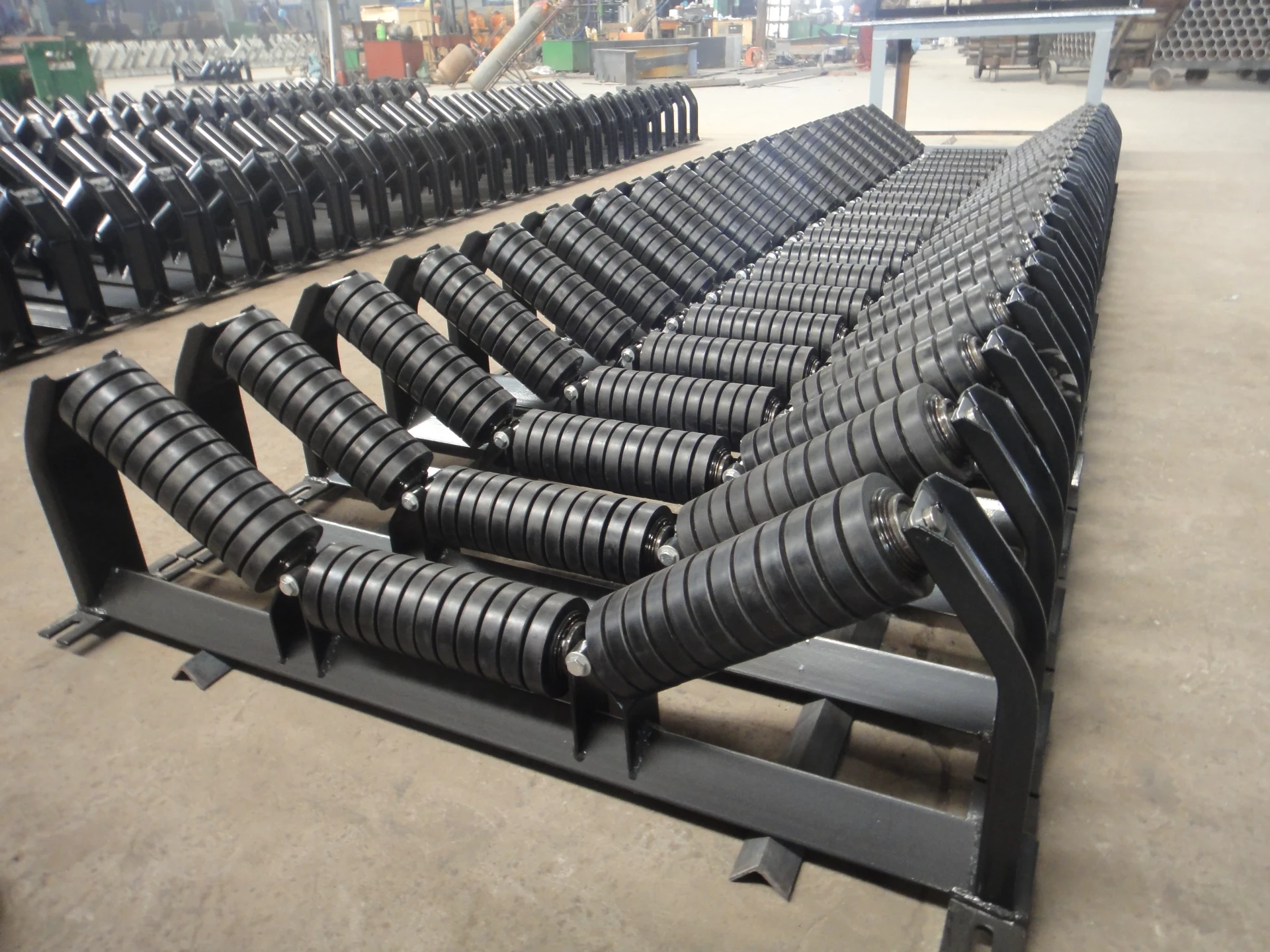 Afrikaans
Afrikaans  Albanian
Albanian  Amharic
Amharic  Arabic
Arabic  Armenian
Armenian  Azerbaijani
Azerbaijani  Basque
Basque  Belarusian
Belarusian  Bengali
Bengali  Bosnian
Bosnian  Bulgarian
Bulgarian  Catalan
Catalan  Cebuano
Cebuano  Corsican
Corsican  Croatian
Croatian  Czech
Czech  Danish
Danish  Dutch
Dutch  English
English  Esperanto
Esperanto  Estonian
Estonian  Finnish
Finnish  French
French  Frisian
Frisian  Galician
Galician  Georgian
Georgian  German
German  Greek
Greek  Gujarati
Gujarati  Haitian Creole
Haitian Creole  hausa
hausa  hawaiian
hawaiian  Hebrew
Hebrew  Hindi
Hindi  Miao
Miao  Hungarian
Hungarian  Icelandic
Icelandic  igbo
igbo  Indonesian
Indonesian  irish
irish  Italian
Italian  Japanese
Japanese  Javanese
Javanese  Kannada
Kannada  kazakh
kazakh  Khmer
Khmer  Rwandese
Rwandese  Korean
Korean  Kurdish
Kurdish  Kyrgyz
Kyrgyz  Lao
Lao  Latin
Latin  Latvian
Latvian  Lithuanian
Lithuanian  Luxembourgish
Luxembourgish  Macedonian
Macedonian  Malgashi
Malgashi  Malay
Malay  Malayalam
Malayalam  Maltese
Maltese  Maori
Maori  Marathi
Marathi  Mongolian
Mongolian  Myanmar
Myanmar  Nepali
Nepali  Norwegian
Norwegian  Norwegian
Norwegian  Occitan
Occitan  Pashto
Pashto  Persian
Persian  Polish
Polish  Portuguese
Portuguese  Punjabi
Punjabi  Romanian
Romanian  Russian
Russian  Samoan
Samoan  Scottish Gaelic
Scottish Gaelic  Serbian
Serbian  Sesotho
Sesotho  Shona
Shona  Sindhi
Sindhi  Sinhala
Sinhala  Slovak
Slovak  Slovenian
Slovenian  Somali
Somali  Spanish
Spanish  Sundanese
Sundanese  Swahili
Swahili  Swedish
Swedish  Tagalog
Tagalog  Tajik
Tajik  Tamil
Tamil  Tatar
Tatar  Telugu
Telugu  Thai
Thai  Turkish
Turkish  Turkmen
Turkmen  Ukrainian
Ukrainian  Urdu
Urdu  Uighur
Uighur  Uzbek
Uzbek  Vietnamese
Vietnamese  Welsh
Welsh  Bantu
Bantu  Yiddish
Yiddish  Yoruba
Yoruba  Zulu
Zulu idler roller assembly
Understanding the Idler Roller Assembly Function, Types, and Applications
The idler roller assembly is a crucial component in various industrial and mechanical applications, particularly in conveyor systems. This assembly comprises several rollers and associated hardware that help support and guide the movement of materials along the conveyor belt. Understanding its significance, types, and applications is essential for ensuring efficient operation and maintenance of machinery that relies on these systems.
Function of the Idler Roller Assembly
The primary function of the idler roller assembly is to provide support and stability to the conveyor belt. It helps maintain the belt's alignment, prevents sagging, and reduces friction as materials move along the conveyor system. By supporting the weight of the conveyed materials, the idler roller assembly minimizes the strain on the drive components, thus extending the lifespan of the entire system.
Idler rollers also play a vital role in ensuring smooth and efficient material handling. They contribute to the overall efficiency of the conveyor system by reducing wear and tear on the belt, which can lead to costly repairs and downtime. Furthermore, by minimizing friction, idler rollers help to decrease energy consumption, making the entire operation more cost-effective.
Types of Idler Rollers
Idler rollers come in various types, each designed for specific applications and environments. Here are some common types
1. Flat Idler Rollers These are the most basic type of idler rolls and are used primarily for supporting the flat sections of a conveyor belt. They are suitable for light to medium-duty applications.
2. Crowned Idler Rollers Featuring a slightly raised center, crowned idler rollers are designed to help keep the conveyor belt centered. This design is particularly beneficial in applications where the belt may drift off alignment.
3. Trough Idler Rollers Trough idlers are used when conveying bulk materials. The rollers are arranged in a trough shape to help contain the materials and prevent spillage during transport.
idler roller assembly

4. Return Idler Rollers These rollers support the underside of the conveyor belt as it returns after discharging its load. They help to ensure that the belt remains taut and aligned back to the loading point.
5. Impact Idler Rollers Positioned at loading zones, these rollers are designed to absorb the shock of falling materials. They often have additional cushioning features to protect both the conveyor belt and the rollers themselves.
Applications of Idler Roller Assemblies
Idler roller assemblies are widely used across various industries, including
- Mining and Aggregate In mining operations, idler rollers support conveyors that transport heavy and abrasive materials. Their robust design helps withstand harsh working conditions.
- Manufacturing In manufacturing plants, efficient material handling is critical. Idler roller assemblies ensure that components move smoothly along assembly lines, reducing production bottlenecks.
- Logistics and Warehousing Conveyors equipped with idler rollers streamline the sorting and transportation of goods within warehouses, improving operational efficiency and reducing labor costs.
- Food Processing In food processing industries, idler rollers made from food-grade materials are employed to ensure easy transport and handling of food products while adhering to hygiene standards.
Conclusion
The idler roller assembly is a fundamental component in various conveyor systems, playing a significant role in supporting, guiding, and maintaining the belt’s efficiency. With various types tailored for different applications, they are indispensable in industries ranging from mining to food processing. Understanding their function and significance can lead to improved maintenance strategies, ultimately enhancing system reliability and productivity. As industries evolve and technology advances, the design and functionality of idler roller assemblies are likely to continue evolving, further optimizing material handling processes across sectors.
-
Revolutionizing Conveyor Reliability with Advanced Rubber Lagging PulleysNewsJul.22,2025
-
Powering Precision and Durability with Expert Manufacturers of Conveyor ComponentsNewsJul.22,2025
-
Optimizing Conveyor Systems with Advanced Conveyor AccessoriesNewsJul.22,2025
-
Maximize Conveyor Efficiency with Quality Conveyor Idler PulleysNewsJul.22,2025
-
Future-Proof Your Conveyor System with High-Performance Polyurethane RollerNewsJul.22,2025
-
Driving Efficiency Forward with Quality Idlers and RollersNewsJul.22,2025





























